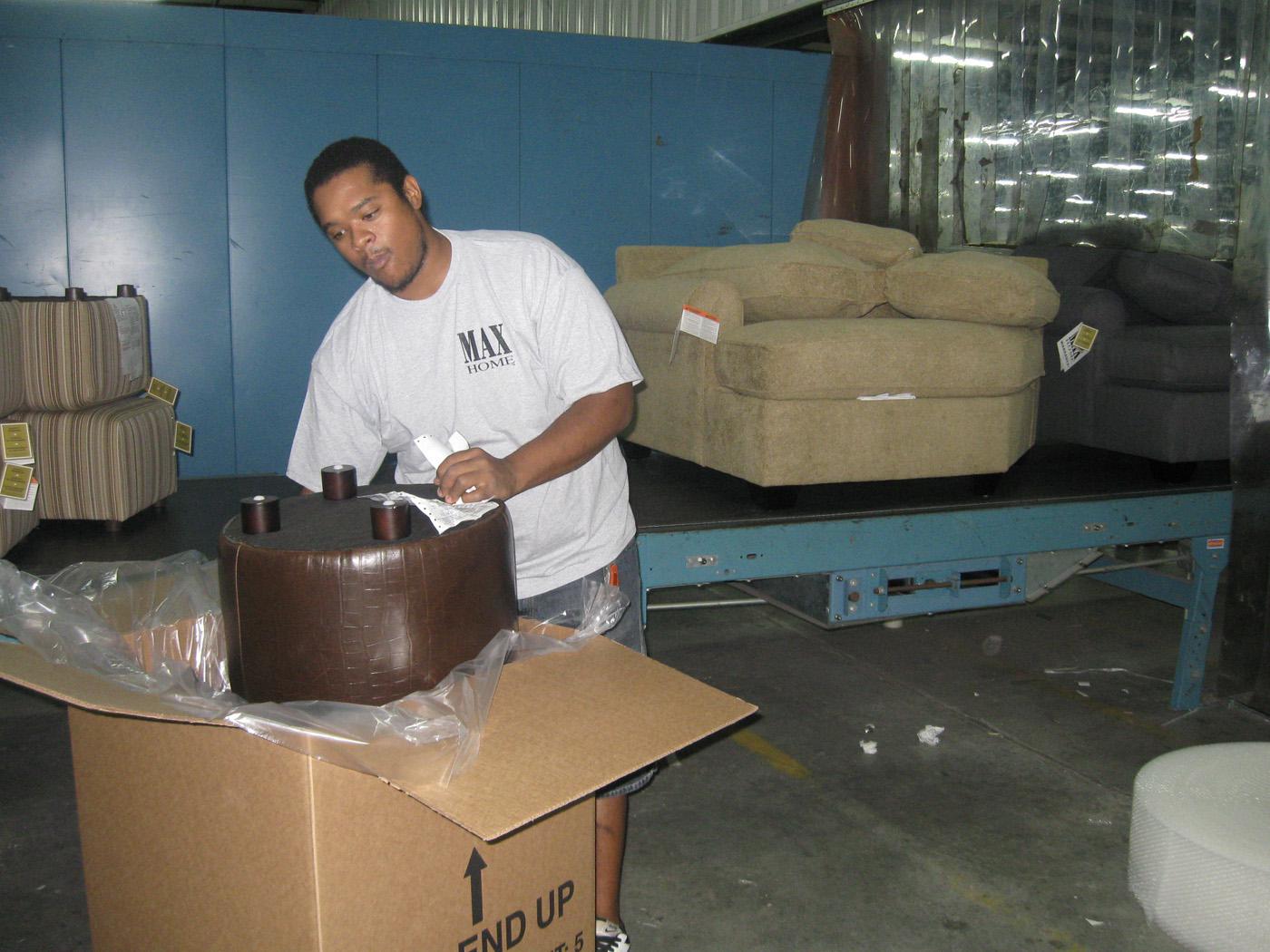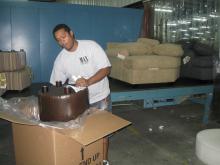Information Possibly Outdated
The information presented on this page was originally released on February 18, 2010. It may not be outdated, but please search our site for more current information. If you plan to quote or reference this information in a publication, please check with the Extension specialist or author before proceeding.
New training helps furniture manufacturers
MISSISSIPPI STATE – Many furniture manufacturers have indicated their desire for formal manager education and training within their organizations, and Mississippi State University has responded to this need by designing specialized training.
In the furniture industry, first-line supervisors are responsible for managing workers and coordinating all of the activities to make, ship, sell and deliver thousands of pieces of furniture, but there is little formal education and training available to them.
“When visiting furniture manufacturing facilities throughout the state, we found that the first-line supervisor is the person who must implement company strategic plans and modern manufacturing strategies. Sometimes they perform this without the knowledge required to communicate, guide, and direct the workforce,” said Bill Martin, director of Mississippi State University’s Franklin Furniture Institute.
These individuals have moved into their positions, usually from a line position, because of their inherent skills, work ethics and abilities. However, they need training to become effective leaders and supervisors, Martin said.
Recognizing the need for this type of training, the Franklin Furniture Institute designed a program specifically for this group.
“The program was designed to help employees gain a better understanding of leadership, communication, management teams and the manufacturing business,” Martin said.
Developed and taught by Chip Bailey, an engineer and institute project coordinator, the program offers participants instruction in leadership, motivation, communication, management skills, team building, job analysis, time management, industrial safety, the principles of motion economy, manufacturing assessment and techniques, and changeover and set-up techniques.
Fulton-based Max Home is one of three companies that have completed segments of the training. The company has noticed a more skilled workforce, improved production and enhanced morale.
Alonzo Gibson, a furniture-manufacturing employee for nine years, benefited firsthand from the training. Gibson began working at Max Home in 2005 in the packing department. In 2007, he was promoted to packing lead, the second in command in the department. Perhaps the most important aspect of the training for Gibson was learning how to listen and communicate.
“I learned how to deal with people and understand their viewpoint,” Gibson said. “I found that by listening to the employees and not jumping to conclusions, we could work together to solve problems and get the job done.”
Mutual respect, communication and leadership skills are exactly what the company wanted to enhance among mid- to lower-tier managers, Martin said.
Gibson’s supervisor, Steve Irvin, agrees. Irvin, a 30-year veteran, found that the training actually improved morale among the management and increased production for the plant.
“The problem-solving skills of Alonzo and others who completed the training have increased exponentially,” said Irvin, a packing supervisor at Max Home. “This has always been a great place to work. Now it is just better because we all seem to be pulling in the same direction.”
“Perhaps the best feature of the program is the ability to customize it to fit an individual company’s needs,” Martin said.
The curriculum is divided into four topic areas that are further divided into four three-hour modules. The modules are offered on-site at the company’s facilities and can be delivered in one three-hour session or three one-hour sessions, all at the request of the participating company, Martin said.
“Our goal is to make furniture manufacturers globally competitive,” Martin said. “A content, knowledgeable workforce is one piece of the puzzle to ensure one of the state’s leading manufacturing industries will continue to thrive and grow.”






